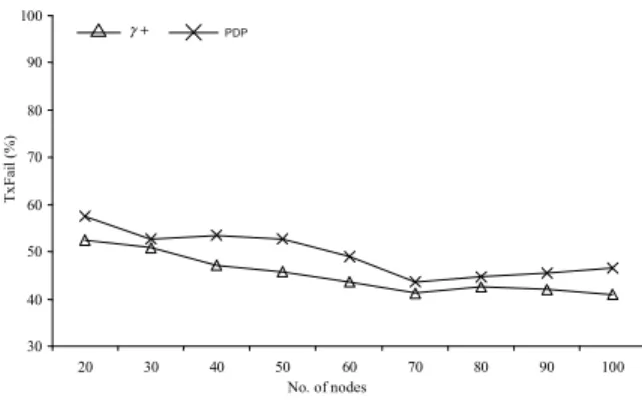A novel approach to modeling and flooding in ad-hoc wireless networks
Texte intégral
Figure
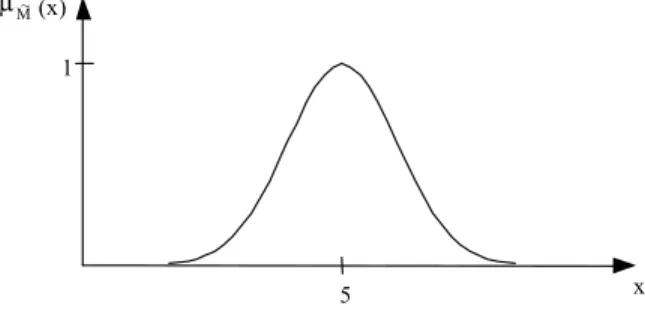
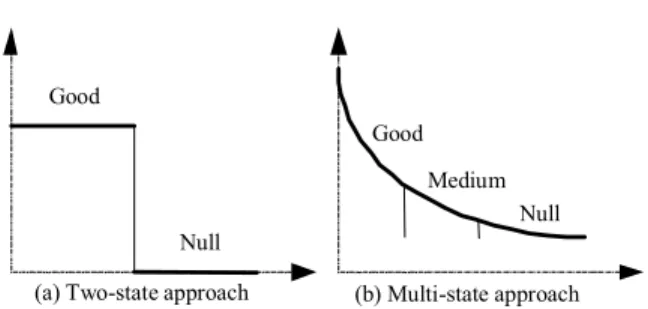
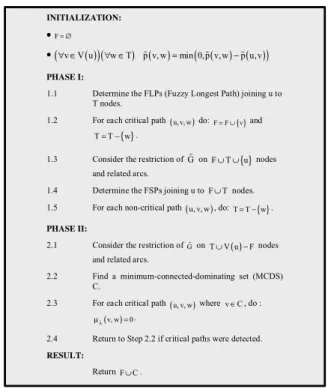
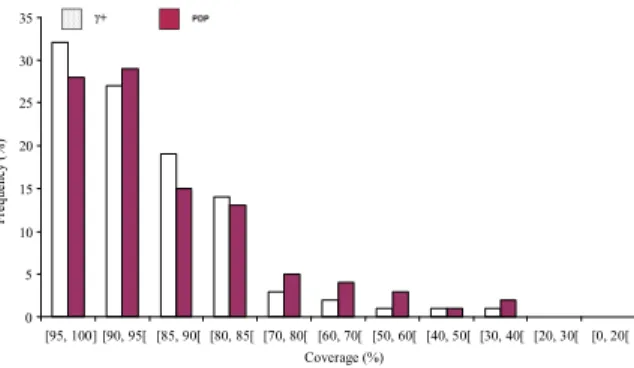
Documents relatifs
Figure 1 plots the average finish time F h as a function of the number of hops h to the seed for both small and large size of pieces.. Each point in this figure is an average
Our main idea consists in using a prediction algorithm applied to received signal strengths to estimate future values of the metrics in order to compensate the delay involved by
In this case, with a point-to-point model, the MANET interface would not attach to a single link as it should, but to several links at the same time (one per neighbor), a situation
This section presents simulation results that focus on the two main results ob- tained in section 4: the delay introduced by jitter in packet forwarding (both the average length of
We namely present multi- point relay (MPR) flooding and gateway flooding. We investigate the matter theoretically via mathematical modelling, as well as practically via simulations.
This section presents simulation results that focus on the two main results obtained in section IV: the delay introduced by jitter in packet forwarding (both the average length of
Figure 2: average number of correct reception in independence hypothesis with respect to relay node density D (expressed in inverse of average area σ λ 0
In a network running a link state routing protocol, the number of hops between any random source and destination increases when the neighborhood size decreases, this way augmenting
